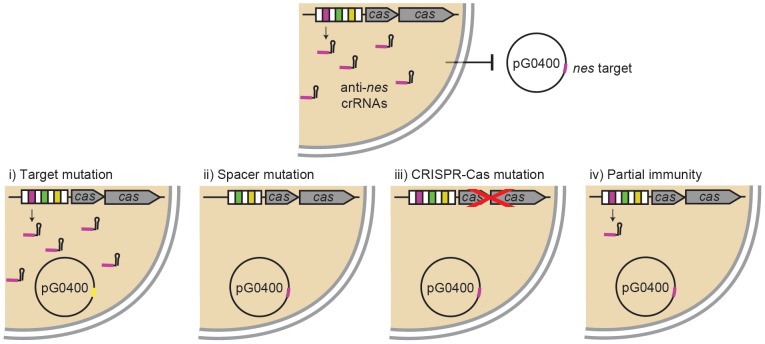Figure 1. Different possibilities for the transfer of a beneficial plasmid into cells encoding CRISPR immunity against it.
S. epidermidis RP62a contains a CRISPR-Cas system with a spacer (pink) that produces crRNAs that match and target the nickase (nes) gene (also in pink) of staphylococcal conjugative plasmids, including pG0400. There are at least four different mechanisms that will allow the transfer of the plasmid in spite of CRISPR immunity: (i) mutation of the plasmid target (yellow), (ii) mutation or deletion of the anti-plasmid spacer, (iii) loss-of-function mutation of the cas genes required for immunity or partial or complete deletion of the CRISPR-Cas locus, or (iv) partial immunity that leads to tolerance of the plasmid.

